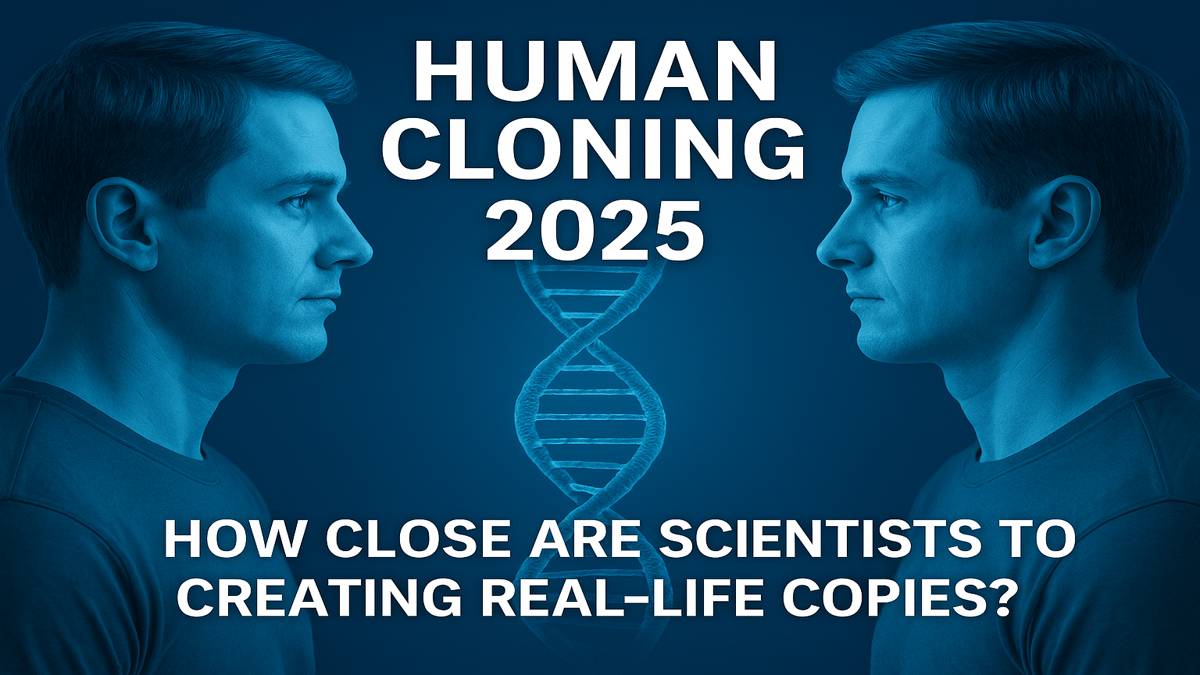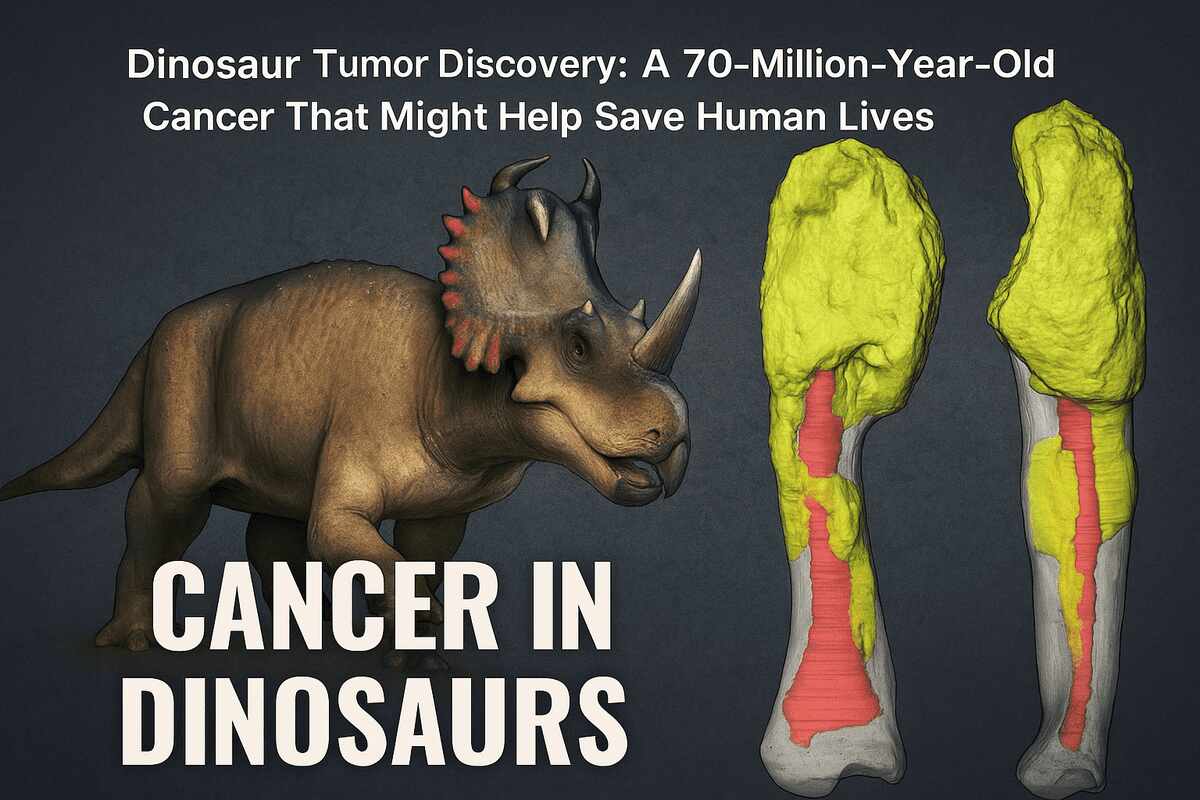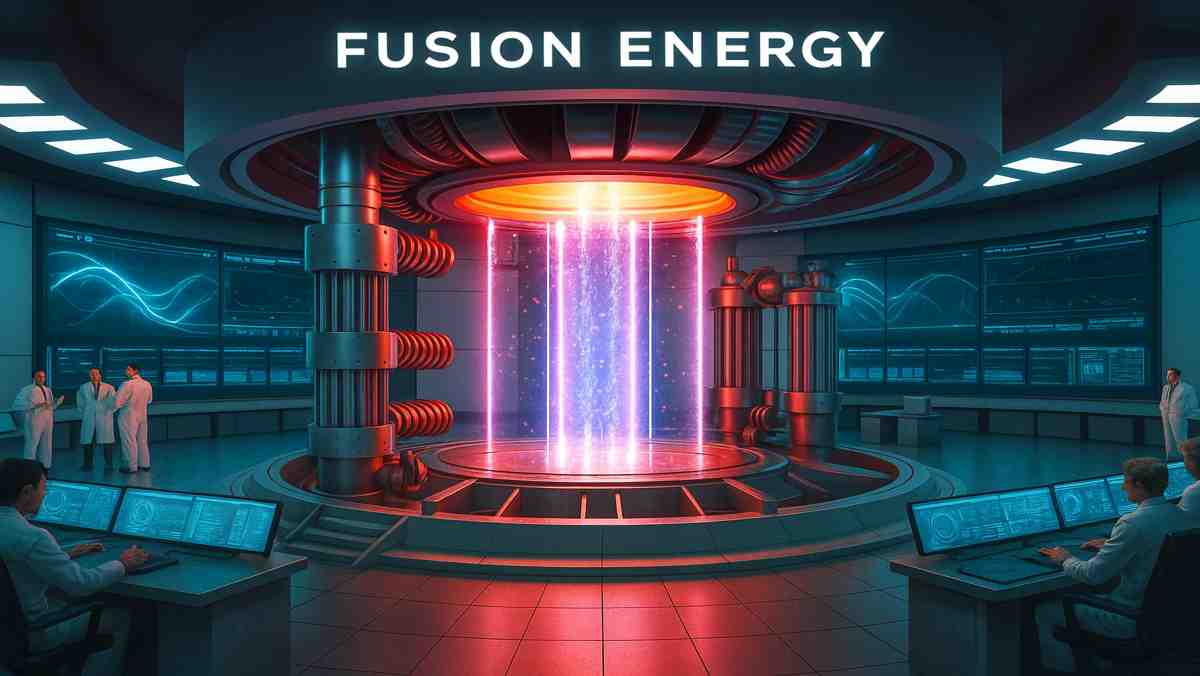It sounds like science fiction: replicating a human being, cell by cell, mind by mind. However, in 2025, science is nearer than ever to making human cloning fact. Not even 30 years ago, we had the first cloned sheep, Dolly, in 1996; in 2023, there are synthetic embryo models. Clearly, scientists have made rapid advancements in cloning technologies. So, the question is no longer “if” it is possible, but “how soon”.
Recent advancements in genetic engineering, synthetic biology, and stem cell research have ushered cloning beyond animals. There are no confirmed examples of human clones, but today’s leaders in the field believe it’s technically feasible – but fraught with ethical and legal intricacies.
🌍 The Current State of Human Cloning Research
| Milestone | Year | Cloning Achievement |
|---|---|---|
| Dolly the sheep | 1996 | First cloned mammal from adult cell |
| Human embryonic clone | 2013 | Cloned human embryo for stem cells (Oregon Health & Science University) |
| Monkey clones (Zhong Zhong & Hua Hua) | 2018 | First primates cloned via somatic cell nuclear transfer |
| Synthetic human-like embryos | 2023 | Created without sperm or eggs |
Researchers in 2025 are working with advanced tools like CRISPR, 3D bioprinting, and stem cell reprogramming to grow organoids and embryo models. While these are not full human clones, they lay the groundwork.
🧠 How Close Are Scientists to Cloning a Human?
Professional scientists such as Dr. George Church from Harvard and scientists agree that the technical barrier to human cloning is relatively low because we already have the tools to do it. The significant issues are ethics, regulations and-centricity, and biological safety.
Scientists can already:
- Use gene editing to prevent disease in embryos
- Clone animal embryos with high success
- Create stem-cell derived embryo-like structures
However, performing full human cloning may require:
- somouvoir of other mode, somatic cell nuclear transfer (SCNT)
- Some method of deployment or artificial wombs
- Identically the DNA, with health on the other side of birth
⚠️ Ethical and Legal Barriers
Nearly every country has strict laws or bans on human reproductive cloning. Organizations like UNESCO and WHO have cautioned of red flags:
- Issues about identity and individuality
- Consent consideration from the “clone”
- The possibility of genetic errors
Some scientists suggest we might be able to pursue therapeutic cloning only, such as creating organs, or tissues, from one’s cell— but not the entire human being.
🩹 How Cloning Could Impact Humanity
If human cloning becomes real, it could revolutionize:
- Organ transplantation (clone organs from your own cells)
- Infertility treatments
- Preservation of genetic legacy
But it also raises questions:
- Would clones have the same rights?
- Could clones inherit trauma or genetic risks?
- Who controls this technology?
Interesting Fact: A 2023 YouGov poll showed 57% of Americans oppose human cloning, while 43% support cloning organs for medicine.
📊 Conclusion: Are We Ready for Real-Life Human Copies?
In 2025, human cloning is a reality, no longer the realm of fiction. Sure, scientists are making huge leaps in technology — it may not be long til we can create real duplicates of humans as scientists can for plants and animals — but society is behaving like it isn’t. The science may soon allow us to make real duplicates of humans, and yet society is stuck more on “should we?” than on “can we?”
The conversation will need to evolve, because it is evident that cloning will change medicine, identity, and possibly even how we define life! So, as always, science moves forward and so too will the conversation.
🧠 Frequently Asked Questions About Human Cloning
Is human cloning legal?
In most countries, reproductive cloning is banned. Therapeutic cloning for medical research may be allowed in certain labs.
Has a human ever been cloned?
No verified human clone has been born. Some groups have claimed it, but there’s no scientific proof.
What’s the difference between reproductive and therapeutic cloning?
Reproductive cloning creates a full human copy. Therapeutic cloning is used to grow tissues or organs for treatment.
Can clones think and feel the same way?
While genetically identical, clones may have different experiences and personalities due to environment and upbringing.




